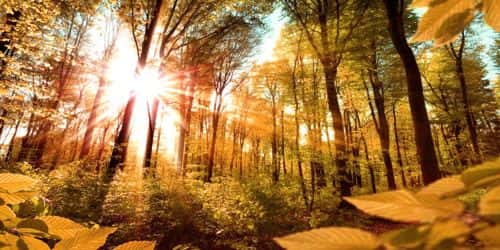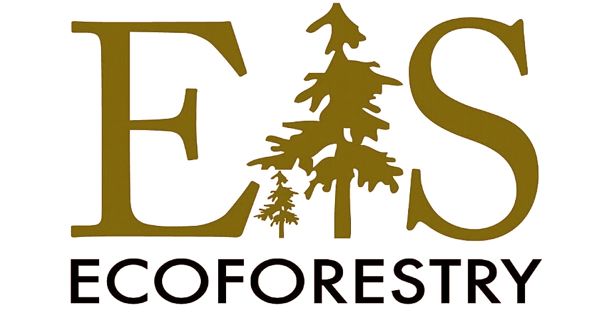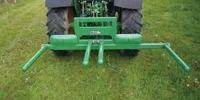Mycoforestry is a sustainable, eco-friendly form of forestry. It is an ecological forest management system implemented to enhance forest ecosystems and plant communities through the introduction of mycorrhiszal and saprotrophic fungi. Without fungi, there are no forests. Mycoforestry is the use of fungi to sustain forest communities.
Mycoforestry is an alternative to the practice of clearcutting, which removes dead wood from forests, thereby diminishing nutrient availability and reducing soil depth.
The main idea of Eco forestry is to maintain or restore the forest to standards where the forest may still be harvested for products on a sustainable basis. It is a newly emerging science, an off-shoot of ecoforestry practices with an emphasis on the role of beneficial fungi. Implementing a mycoforestry system provides the potential of improving restoration efforts and the possibility of economic gain through mushroom cropping and harvesting.
Ecoforestry is about future generations of people – about taking the time to provide intergenerational equity for all life. It is considered a type of permaculture and can be implemented as a beneficial component of an agroforestry system. It can be used to help accomplish the following goals:
- preservation of native forests,
- recovery and recycling of woodland debris,
- enhancement of replanted trees,
- strengthening the sustainability of the ecosystem,
- economic diversity.

The goal of ecoforestry is to maintain fully functioning forest ecosystems. Mycoforestry can enhance the yields of tree crops and produce edible mushrooms, an economically valuable product. In the management of the mycoforestry system, it is important that dead wood is in contact with the ground. It is considered a type of permaculture and can be implemented as a beneficial component of an agroforestry system.
Albert Einstein provided some wisdom that is applicable to ecoforestry: “A clever person solves a problem — a wise person avoids it.” By integrating plant-fungal associations into a forestry management system, native forests can be preserved, wood waste can be recycled back into the ecosystem, planted restoration sites are enhanced, and the sustainability of forest ecosystems is improved. The lifetime of a tree starts with the germination of a seed and ends when the fallen tree finally disappears into the forest soil.
Mycoforestry is an alternative to the practice of clearcutting, which removes dead wood from forests, thereby diminishing nutrient availability and reducing soil depth. Ecological forestry strategies enable landowners to manage their forests for multiple benefits, from boosting the structural complexity that provides good habitat to improving tree growth by removing suppressed trees that are choking the understory.
















